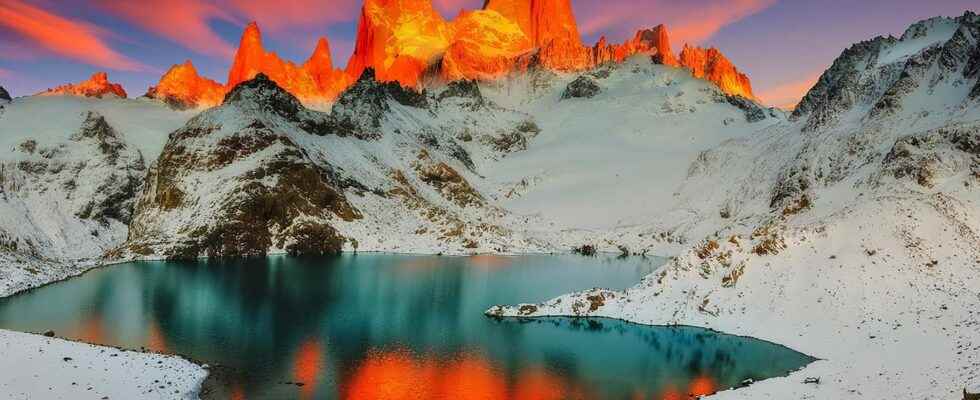You will also be interested
[EN VIDÉO] CryoSat reveals extent of melting ice The CryoSat-2 satellite has conducted various observations on glaciers in Alaska and Asia, showing massive ice loss on the summits from 2010 to 2019.
When we talk about melting ice cream, we don’t necessarily think of ice cream Andes Cordillera in South America. Yet the peaks of this great mountain range in Patagonia are covered in an ice field that stretches for hundreds of kilometers and is melting at a significant rate. As the ice disappears, the ground rises: this is the post-glacial rebound (Where isostatic adjustment). Indeed, when the glaciers melt, these enormous quantities of stored water flow towards the ocean, removing an enormous weight which made flex the mainland down.
Geodetic data from this area indicate very rapid rebounds, up to 4 cm per year, and spatially variable. Amazed by this behavior, scientists from Washington University in St. Louis published a study on the dynamics of the Patagonian Andes in the journal Geophysical Research Letters.
A particularly strong uprising
One of the assets for the study of this area is the presence of Windows asthenospheric which are like breaches allowing the basement to emerge on the surface. These formations are important because they generate thermal, chemical and physical in the coat which can have consequences on certain tectonic and magmatic phenomena. Their presence facilitated the description and mapping of local underground dynamics.
With this work, the research team discovered a gap between the tectonic plates that underlie Patagonia. Indeed, the seismic data collected and analyzed indicate an empty space in the subducted tectonic plate which allowed the flow of a material warmer and less viscous mantle. The viscosity of the mantle is important because it strongly controls the post-glacial rebound which, in turn, responds to the spatial and temporal variations of the mass ice.
In this study, the recording of low viscosities is an indication that the mantle reacts very quickly to deglaciation and therefore that the ensuing uplift is rapid (< 4 cm/year in the case of Patagonia). In addition, the viscosity is lower under the northern part of Patagonia compared to the south, also explaining that the uplifts vary between the north and the south.
There would therefore exist a dynamic link between the loss of ice mass, the rapid uplift of the ground and the space between the tectonic plates; and these particular conditions of low viscosity are at the origin of the rapid and spatially variable uplift of the mantle.
Quantify deglaciation
In view of the progress of global warmingit will be necessary to quantify the speed of deglaciation — and therefore changes in ice mass — to get an idea of the decline in water resources in the future and to adjust the models of thesea level rise.
Although the topic of melting ice does not immediately bring to mind temperate glaciers mountains such as Patagonia, they are currently contributing significantly to sea level rise around the world.
Interested in what you just read?
